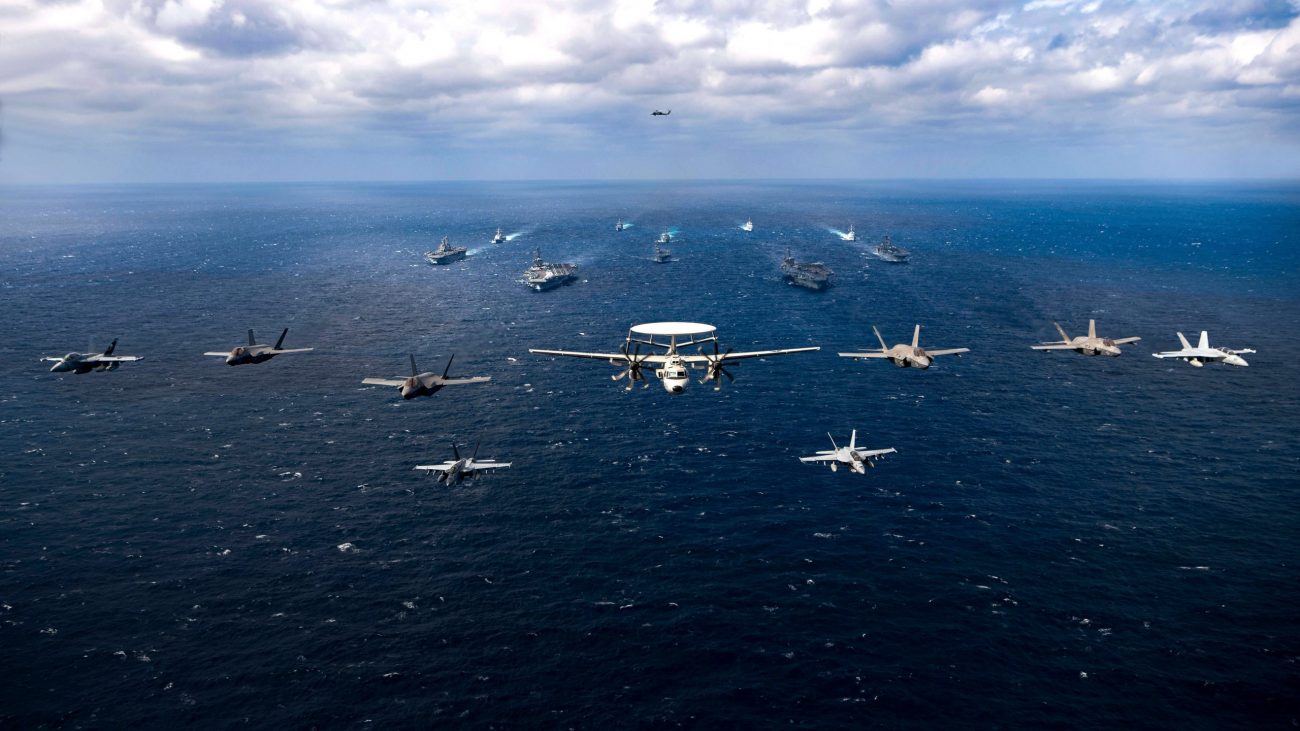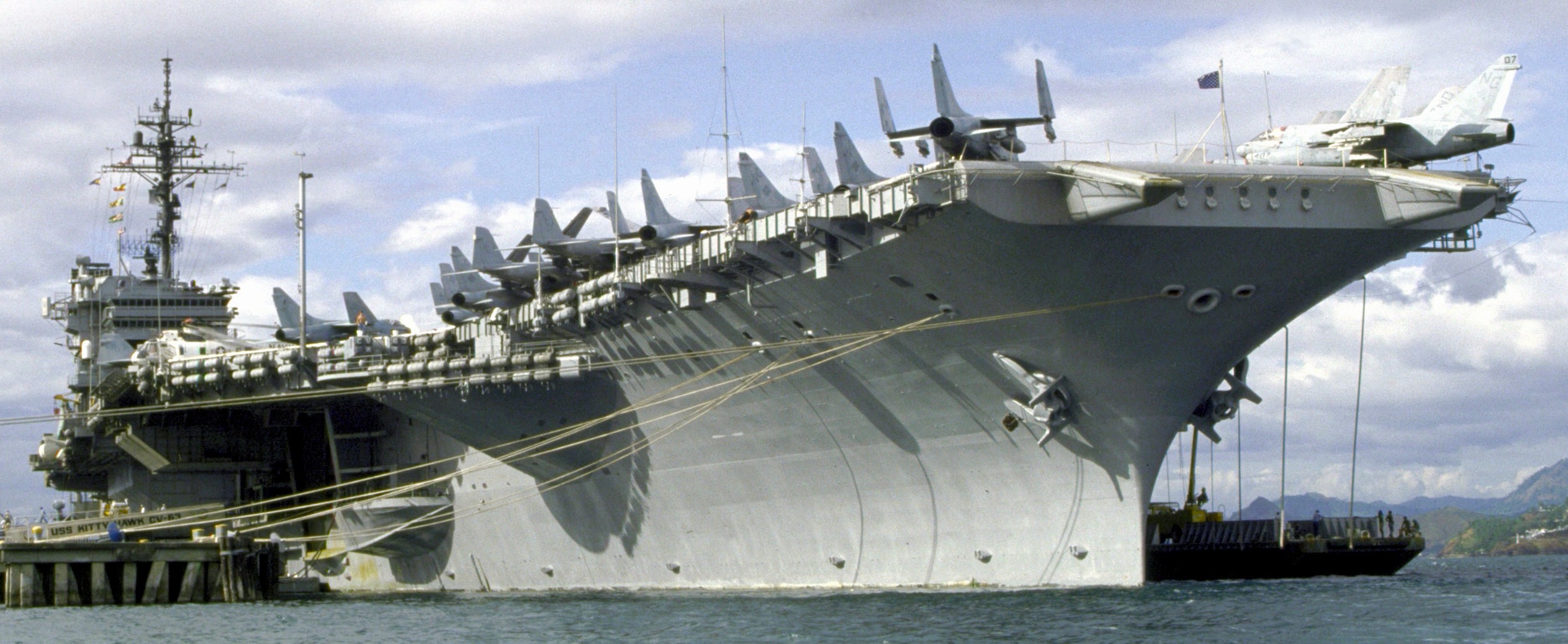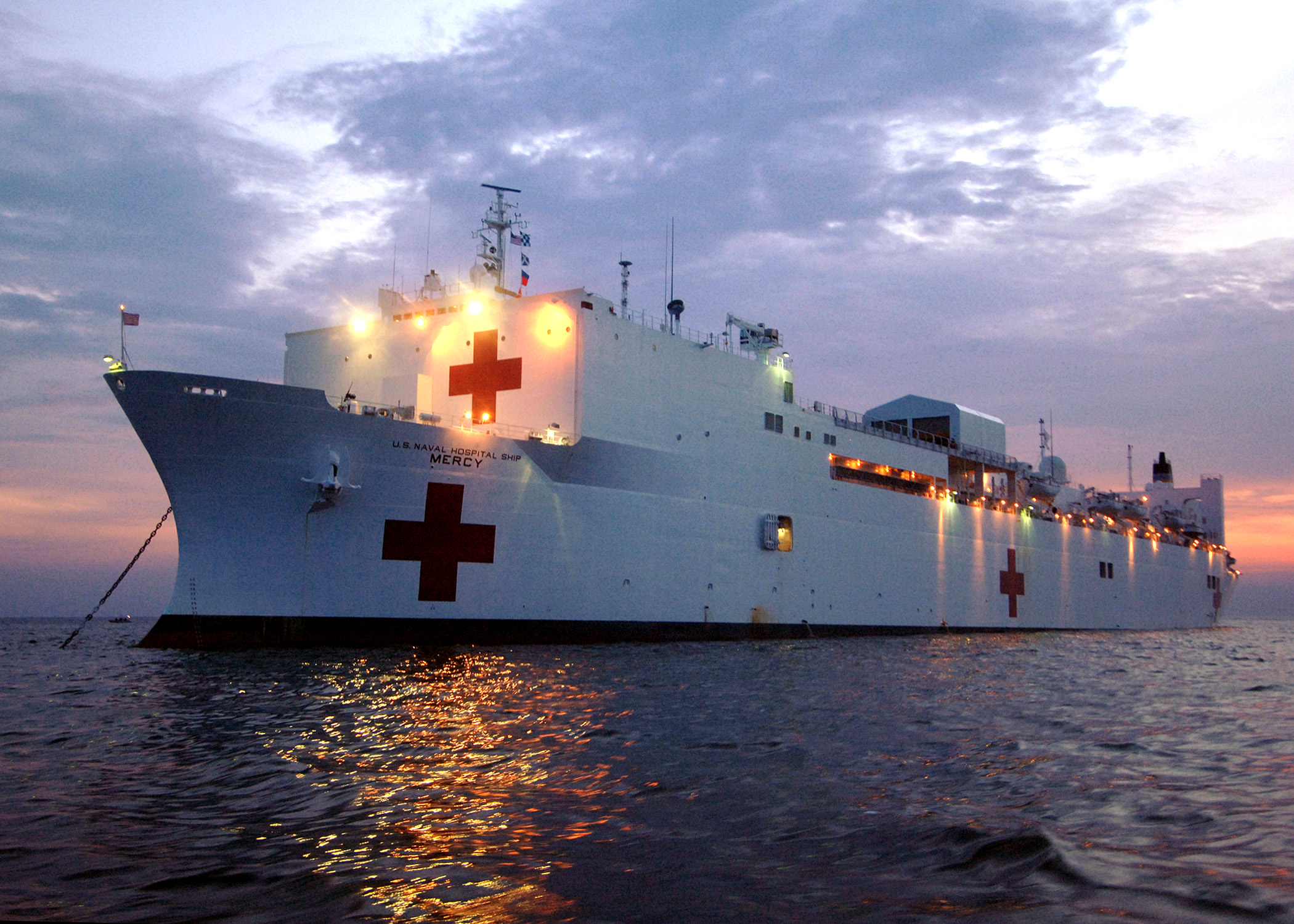Us Navy Base Philippines - Preview size: 800 × 533 pixels. Other resolutions: 320 × 213 pixels | 640 × 427 pixels | 1024 × 683 pixels | 1280 × 853 pixels | 2850 × 1900 pixels.
Aerial view of ships docked at the station. In the foreground is the nuclear-powered aircraft carrier USS ENTERPRISE (CVN-65).
Us Navy Base Philippines
This file is the work of a sailor or employee of the United States Navy, taken or created in the course of that person's official duties. As a development of the US federal government, it is publicly available in the United States.
Sea Power: The U.s. Navy And Foreign Policy
This file is designated as having no known restrictions under copyright law, including all associated and related rights.
{{Info |Source=[http://www.dodmedia.osd.mil/Assets/Still/1993/Navy/DN-ST-93-01093.JPEG ID:DN-ST-93-01093] |Author= Service Listed: Navy | Description = View of ships docked near the station. Nuclear aircraft carrier USS ENTERPRI
This file contains additional information, such as Exif metadata, that may have been added by the digital camera, scanner, or software used to create or digitize it. If the original state of the file has been changed, some details, such as the time stamp, may not fully reflect the data of the original file. The time stamp is only as accurate as the clock in the camera and can be completely wrong. 14°48′30″N 120°17′30″E / 14.80833°N 120.29167°E / 14.80833; 120.29167 Coordinates: 14°48′30″N 120°17′30″E / 14.80833°N 120.29167°E / 14.80833; 120.29167
Subic Bay Naval Base was a major ship repair, supply, rest and recreation base for the Spanish Navy and later the United States Navy located in Zambales, Philippines. The base was 262 square miles, about the size of Singapore.
Nas Naval Air Station Sangley Point Philippines Us Navy Base Squadron Patch
The Naval Exchange had the largest volume of sales of any exchange in the world, and the Naval Supply Depot handled the largest volume of fuel oil of any naval force in the world.
The naval base has been the largest foreign military base of the United States Armed Forces since Clark Air Force Base in Angeles City was closed in 1991.
After its closure in 1992, the Philippine government transformed the Subic Bay Freeport Zone.

There were plans to reopen the base in late 2022 under an expanded Defense Cooperation Agreement after the Philippine Navy reoccupied part of the base and a US investment company bought the rest of the port.
Philippines To Open Base Near Disputed Sea Even Without Us
Subic Bay's strategic location, sheltered anchorages, and deep water were first known when Spanish explorer Juan de Salcedo reported the existence of the bay to Spanish authorities upon his return to Manila after Salcedo arrived in Zambales to establish the Spanish crown. It would be several years before the Spanish would consider establishing a base there.
Cavite, which was home to most of the Spanish fleet in the Philippines, suffered from unsanitary conditions and was vulnerable to war and bad weather due to its shallow waters and lack of shelter. So in 1868, a military expedition was on its way to Subic Bay with orders to survey the bay to see if it would be a suitable site for a naval dockyard. The Spanish explored Tier Bay and concluded that it was promising, so they reported their discoveries to Cavite. This message was not well received in Manila, as the Spanish command was reluctant to proceed with the isolation of Subic province. Finally, in 1884, a royal decree declared Subic Bay a seaport.
On March 8, 1885, the Spanish Navy approved the construction of Arsal de Olongapo, and by September of the following year, work on Olongapo had begun. Both the harbor and its inner basin were drained and a drainage channel was constructed as the Spanish military authorities planned to turn Olongapo and their naval dockyard into an "island". This canal also served as a line of defense, crossed by a bridge near the base's main gate. When Arsal was completed, the boats Caviteño, Santa Ana, and San Quintin were assigned to defend it. To meet these boats, coastal artillery was planned in the eastern and western parts of the station, as well as on Grande Island.
Sea walls, levees and a short railway were built across the marshy tidal flats. To complete these projects, thousands of tons of soil and rock had to be brought from Kalalake to Olongapo as backfill. The size of this quarry was so enormous that the hill eventually disappeared and became a lagoon in the area now known as Bictnial Park.
Aircraft Carrier Heading To Philippines On Aid Mission
The main passage to Arsal was the Western Gate, which is still standing. This gate was equipped with cannons and also served as a prison. This gate was connected to the South Gate, which was located near the embankment, by a high wall of local stone.
Inside Arsal, the Spanish built a foundry, as well as other shops necessary for the construction and repair of ships. The houses were arranged in two rows on Rivera Point, a sandy area of the bay, and named after the current Captain General of the Philippines, Fernando Primo de Rivera. Arsal's exhibit was the station master's headquarters, which was a one-story building of molavi and narra that stood near the modern port of Alava and had stained glass windows.
The Spanish Naval Shipyard was built in the area where the US Navy last repaired ships.

On April 25, 1898, Commander George Dewey, commander of the United States Asiatic Fleet, received word of the declaration of war with Spain, and was ordered to leave Hong Kong and attack the Spanish fleet in Manila Bay.
Uss Ronald Reagan Visits Singapore > United States Navy > News Stories
In the Philippines, Rear Admiral Patricio Montoyo, realizing that Subic Bay would provide a more secure position than Cavite, ordered his smaller ships and batteries in Manila Bay to engage Dewey's fleet and draw them into Manila Bay. His other units used Subic Bay as a port from which he could attack the rear of the American fleet and cut off its supplies. On April 26, the Montojo arrived in Subic Bay on the Reina Cristina with several other ships.
On the morning of 27 April, the Castilla was towed northeast of Isla Grande to help control the western transit to Subic Bay. The eastern channel, which lay between the islands of Grande and Chiquita, was blocked by the fall of the San Quintin and two other ships. Four 5.9-inch (150 mm) Ordonez guns, which had been shipped from Cape Sangli, were not yet mounted on Grande Island. Meanwhile, the cable-laying ship that had been ordered to lay mines chose to lay only four of the 15 mines available.
In Hong Kong, Dewey deliberately delayed his sailing until he received news from the American consul in Manila, Oscar F. Williams, with information on the strength and position of the Spanish fleet. Williams told Dewey that Montoyo and his fleet had sailed for Subic Bay.
On April 30, Dewey sighted the Luzon Islands and thus ordered USS Boston and USS Concord to sail at full speed to Subic Bay to hunt down the Emmi. Seeing no enemy ships at Subic, Boston and Concorde reported their findings to Olympia and joined the squadron bound for Manila.
File:uss Essex Enters Port At The Subic Bay.jpg
At dawn on May 1, 1898, the American fleet entered Manila Bay. After the ships came within 5,000 yards (4,600 m) of the Spanish fleet, Dewey ordered Captain Charles Gridley of the Olympia "You may fire when you are ready, Gridley." Montojo's fleet was destroyed, losing 167 killed and 214 wounded. The Americans received only a few wounded.
In June 1898, almost a thousand Spanish citizens left Olongapo and found refuge on Grande Island. In July, Dewey ordered Raleigh and Concorde to sail to Subic Bay to demand the surrender of Grande Island. When the American ships arrived, they saw the German cruiser Eyre on the island, but when the Americans came into action and began to head for Eyre, she escaped to the other side of the Grande. The Spanish garrison on the island offered no resistance and immediately surrendered to Captain Joseph Coghlan of Raleigh.
During the Philippine-American War, the Americans concentrated on using the Spanish naval base at Sangli Point, largely ignoring Subic Bay, and the arsal was occupied by Philippine forces. The Filipinos built a battery on top of the ridge, using one of Grande Island's 6-inch (15 cm) guns.

In the summer of 1899, gunboats began patrolling Subic Bay, and realizing that the patrols would not stop, the Filipinos began preparing to confront the Americans. During a routine patrol, the supply ship Zafiro crossed Subic Bay and came under fire from a newly constructed battery. Zafiro retreated to Cavite and reported the incident to headquarters. The cruiser Charleston was stationed at Subic to silence the battery, but as it departed the battery fired a final shot, provoking the Americans.
Us Navy Officials Say Pacific Exercise Is Not Aimed At China, But It Zeroes In On Defending Taiwan
On September 23, 1899, Charleston, Concord, Monterey, and Zafiro entered Subic Bay to destroy the battery. After clearing the cape, Calaclan Monterey, equipped with 10 and 12 inch guns (254 and 305 mm), opened fire. Under this shelling, the battery could only crack
Us navy base locations, us navy base naples italy, us navy in philippines, navy base in the philippines, navy base philippines, navy base, us navy base thailand, us navy base, norfolk us navy base, us navy base san diego, san miguel philippines navy base, us navy base jacksonville fl


0 Comments